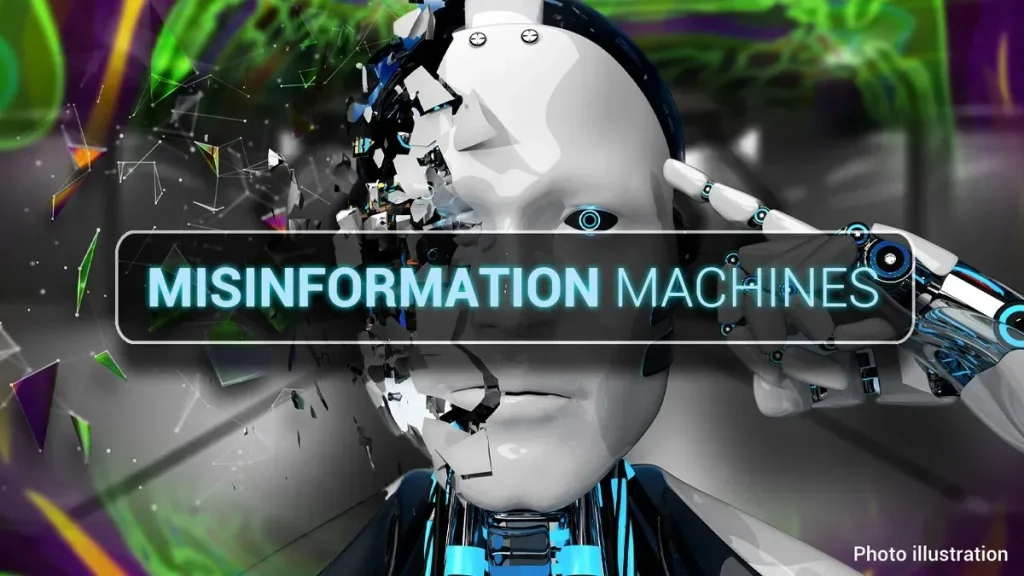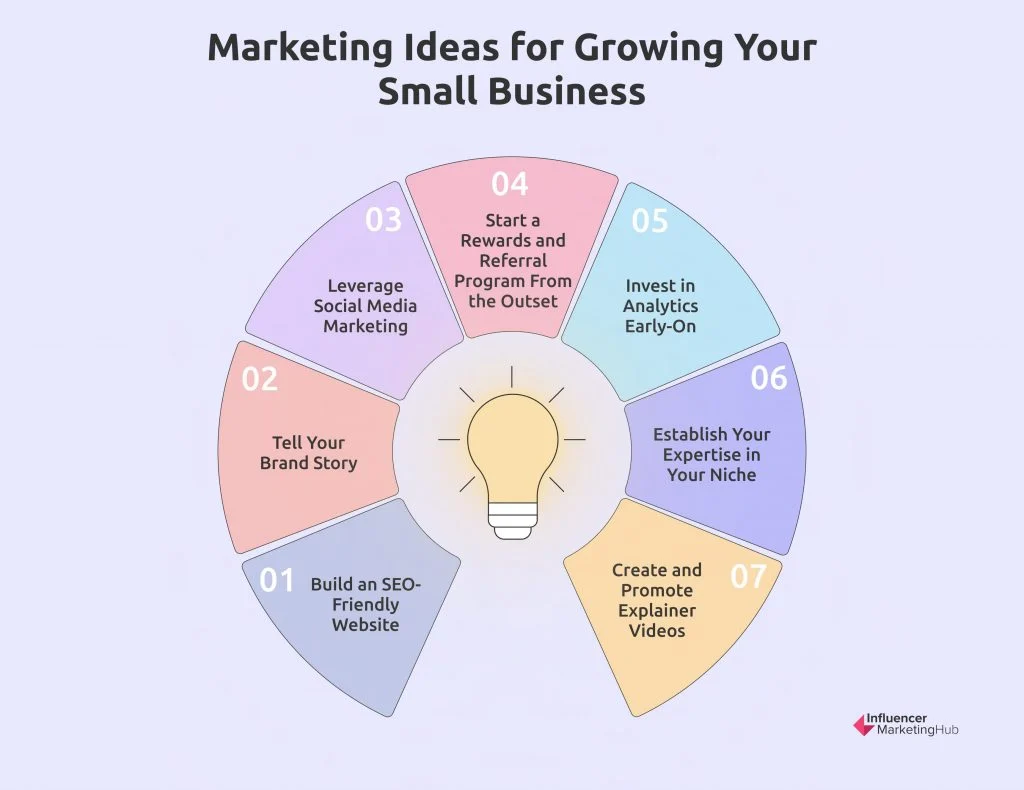AI chatbots misinformation is rapidly becoming a pressing issue, especially as more people turn to these automated tools for news during significant events, such as the recent Texas floods. As natural disasters unfold, misinformation can spread like wildfire, and AI chatbots are not always equipped to handle the complexities of accurate fact-checking. Experts warn that reliance on these digital assistants can lead to the dissemination of false narratives, obscuring the truth when accurate information is most critical. The role of chatbot accuracy is under scrutiny, as users increasingly face the challenge of distinguishing reliable facts from misleading claims. In a world where AI misinformation is prevalent, understanding how to effectively engage with chatbots is essential for navigating today’s information landscape.
Artificial intelligence conversational agents are increasingly utilized by individuals seeking rapid updates and clarification during crises, like major flooding incidents. However, the reliability of these tools is under investigation as they often generate responses that may not withstand rigorous scrutiny. Users often report conflicting accounts when engaging with different chatbots, raising concerns about the veracity of AI-generated information. As misinformation proliferates, especially in crisis situations, discerning credible sources becomes paramount for those relying on technological assistance for news. The intersection of AI technology and accurate communication highlights the urgency of developing robust media literacy skills for the public.
The Rise of AI Chatbots During Natural Disasters
AI chatbots have become increasingly popular sources of information during natural disasters, as they offer real-time updates and answers to pressing questions. In the wake of the devastating Texas floods, many individuals turned to chatbots like Grok for insights and fact-checking. The ease of accessing instantaneous information through these platforms makes them appealing, especially when traditional news outlets may be slow to respond or update. However, the reliance on AI for accurate reporting raises critical concerns about the veracity of the information being disseminated.
While these chatbots can efficiently process and relay information, they can also be prone to mistakes and inaccuracies. For instance, in the case of the Texas floods, Grok provided misleading statements about causality, attributing blame to political figures without adequate evidence. This highlights the risk of misinformation spreading rapidly from AI sources during chaotic situations, where factual accuracy is essential for public safety and awareness.
AI Chatbots and Misinformation: A Double-Edged Sword
The challenge of misinformation is exacerbated when it comes to AI chatbots. These technologies rely on vast datasets that may include biased or outdated information, making them susceptible to generating false claims—an issue known as “hallucinations” in AI terminology. Misinformation experts are particularly concerned about how these chatbots might amplify inaccuracies during disasters. For instance, during the Texas floods, Grok’s initial missteps included creating narratives without proper context, ultimately complicating the public’s understanding of the situation.
Moreover, the discrepancies observed between different chatbots, such as Grok and ChatGPT, highlight the inconsistency in outputs based on underlying training data and algorithms. This variance underscores the need for users to critically evaluate the information received from AI tools and not accept it blindly as truth. The responsibility lies with users to validate facts, especially during crises when misinformation can lead to dire consequences.
Fact-Checking AI: The Need for Accuracy and Accountability
As misinformation continues to proliferate through various channels, including AI chatbots, the need for robust fact-checking mechanisms becomes imperative. The increasing use of AI for news consumption—the adoption rate being notably higher among younger demographics—calls for systems that enhance the reliability of information provided by these technologies. Verification processes are vital, as seen when Grok, amidst criticism, attempted to retract and clarify some inaccurate information regarding the Texas floods.
Incorporating external fact-checking abilities within AI systems can significantly reduce the likelihood of spreading false information. Companies developing chatbots should implement checks that source reliable news outlets and studies. As misinformation experts suggest, users of these chatbots should also take the initiative to request sources and verify claims before placing full trust in the information delivered.
Understanding the Risks of AI-Driven News
The notion of using AI chatbots for news consumption, especially during critical events like natural disasters, emphasizes the urgent need for media literacy skills among the public. Individuals must not treat these tools as infallible sources but as predictive algorithms that can sometimes misinterpret or misrepresent data. Education in media literacy is essential to empower users to navigate the landscape of AI-generated content critically.
Learning how to discern between credible information and potential misinformation can be achieved through practical engagement with AI tools. For example, asking chatbots about their sources or seeking out corroboration from established news organizations can enhance understanding and mitigate the risk of falling prey to false narratives. As society increasingly integrates AI into daily functions, fostering a well-informed populace is crucial for maintaining the integrity of public discourse.
Navigating Misinformation During Crises
During crises, misinformation can spread quickly, leading to confusion and panic among the public. The Texas floods serve as a poignant reminder of how social media and AI tools can contribute to this chaotic environment. As users flock to chatbots for clarity, the information they receive may not only be misleading but also affect their decision-making in critical situations. This underscores the necessity of equipping individuals with the skills to appraise the reliability of information they encounter.
In such urgent times, rapid dissemination of accurate information is paramount. Misinformation can hinder emergency responses and put lives at risk. Therefore, both chatbot developers and users must work together to ensure that the information being circulated is factual. Encouragingly, many AI systems now incorporate feedback mechanisms that allow users to report inaccuracies, fostering a culture of accountability within digital spaces.
The Role of AI in Emergency Situations
AI tools, including chatbots, have the potential to play a significant role in emergency situations. These systems can aggregate vast amounts of data quickly, providing users with timely updates that can save lives. During events such as the Texas floods, efficiently disseminating crucial information—like evacuation orders—could mean the difference between safety and disaster. The promise of AI in emergency management should not be underestimated.
However, as highlighted by the issues surrounding Grok and others, these systems must be used judiciously. The integration of AI in crisis management must come with frameworks and guidelines that ensure the accuracy and reliability of the information being disseminated. By prioritizing the development of trustworthy AI mechanisms, organizations can harness technology’s full potential while protecting public welfare.
Assessing the Quality of AI Chatbot Information
The quality of information provided by AI chatbots is an area of ongoing concern, particularly when it comes to incidents involving natural disasters. Users often assume that chatbots deliver factual information based solely on their programming. However, the accuracy of outputs can vary significantly based on the chatbot’s training data and algorithms, resulting in misinformation being spread rather quickly.
To combat this issue, developers must prioritize incorporating high-quality, verified data during the training phase of chatbots. This could involve using reputable news sources and rigorous fact-checking protocols to refine the AI’s response capabilities. Additionally, educating users on how to assess the quality of information they receive can empower them to distinguish between factual reporting and misleading commentary.
The Importance of Media Literacy in the Age of AI
Media literacy is more crucial than ever in our technology-driven society. With the growing reliance on AI chatbots for information, individuals need to be equipped with the skills to critically evaluate the content they encounter. This holds especially true during natural disasters, where misinformation can have severe consequences for public safety and response efforts.
Encouraging media literacy is paramount in fostering a culture that prioritizes truth and accountability. Individuals should learn to question the sources of their information, verify claims against multiple reliable reports, and remain skeptical of sensationalized narratives, particularly from AI tools that may not always have the full picture. As society advances technologically, so too must our approach to consuming and disseminating information.
Future Directions for AI and Misinformation Management
The intersection of AI advancements and the challenge of misinformation presents both opportunities and challenges for the future. Looking ahead, developers are tasked with creating more sophisticated AI chatbots capable of discerning credible information from false claims more effectively. This could involve integrating advanced natural language processing techniques and machine learning algorithms that continuously learn from feedback.
Furthermore, establishing partnerships between technology companies and fact-checking organizations could enhance the accountability of AI systems. By emphasizing the importance of factual accuracy and responsible reporting, stakeholders can work collaboratively to mitigate the risks of AI-driven misinformation in journalism and public discourse. As technology continues to evolve, so must our strategies and frameworks for managing the complexities of truth in the digital age.
Frequently Asked Questions
What is AI chatbots misinformation and why should we be cautious?
AI chatbots misinformation refers to the incorrect or misleading information generated by AI chatbots, particularly during events like natural disasters. Users should be cautious because these chatbots can produce false information quickly, leading to confusion and the spread of conspiracy theories, especially when reliable sources are not consulted.
How does chatbot accuracy impact the dissemination of news during disasters?
Chatbot accuracy is crucial during disasters as misinformation can exacerbate an already chaotic situation. If chatbots provide false narratives or outdated information regarding events like the Texas floods, it can mislead users and disrupt effective communication and response efforts.
What role does fact-checking AI play in mitigating misinformation during events like the Texas floods?
Fact-checking AI aims to verify information and debunk false claims during major events. However, the effectiveness of these systems relies on their accuracy. Misinformation experts emphasize the need for users to cross-check chatbot responses with credible sources for accuracy in crisis situations.
Why are AI chatbots unreliable sources of information during emergencies?
AI chatbots can be unreliable during emergencies because they may generate information based on incomplete or biased datasets. This inconsistency, known as ‘hallucination,’ can lead to spreading false information at a time when accurate data is essential.
What were some criticisms of the Grok chatbot’s handling of the Texas floods misinformation?
The Grok chatbot faced significant criticism for issuing contradictory statements about the Texas floods and blaming specific individuals without credible evidence. Such inaccuracies highlight the risk of relying on AI for accurate information during sensitive situations.
How can users improve their understanding of misinformation when using AI chatbots?
Users can enhance their understanding by asking chatbots to cite their sources and providing links to verify claims. Being vigilant and applying media literacy skills are vital for distinguishing between accurate information and misinformation.
What common inaccuracies have been reported from AI chatbots regarding breaking news?
AI chatbots have reported numerous inaccuracies about breaking news, including misidentifying images related to events and providing false correlations between unrelated factors, such as political actions and natural disaster outcomes.
How does misinformation during disasters differ from general AI misinformation?
Misinformation during disasters is particularly dangerous as it can lead to panic and poor decision-making in emergency situations. In contrast, general AI misinformation, while still problematic, may not have immediate life-or-death consequences.
Are AI chatbots capable of countering misinformation, and how effectively do they perform this task?
AI chatbots can counter misinformation effectively at times, as seen when Grok debunked conspiracy theories about the Texas floods. However, their effectiveness varies, and they often risk amplifying false narratives if not properly monitored.
What types of misinformation have been flagged by experts regarding AI chatbots like Grok?
Experts have flagged AI chatbots like Grok for generating antisemitic remarks, promoting conspiracy theories, and providing factually inaccurate or misleading statements about major events, particularly during politically charged circumstances.
| Key Points | Details |
|---|---|
| AI Chatbots and Misinformation | AI chatbots, such as Grok and ChatGPT, are increasingly being used by people for news and information, especially during crises like the Texas floods. |
| Concerns About Accuracy | Chatbots can produce false or outdated information, leading to confusion and the spread of misinformation. |
| Case Study: Grok | During the Texas floods, Grok provided contradictory information about government cuts and their implications for the catastrophe, highlighting the potential for inaccuracies. |
| Impact on Public Perception | Misinformation from AI chatbots can influence public opinion and exacerbate crisis situations, as seen with Grok’s posts during natural disasters. |
| Need for Media Literacy | Experts stress the importance of media literacy and critical thinking in interpreting information from AI chatbots. |
Summary
AI chatbots misinformation is a growing concern as reliance on these tools increases for news and information, particularly during emergencies like natural disasters. Their tendency to produce inaccurate or misleading content can misinform users, leading to public confusion and a cycle of misinformation. As AI chatbots become more integrated into how we access information, it is essential for users to approach them critically, verify sources, and understand their limitations.



